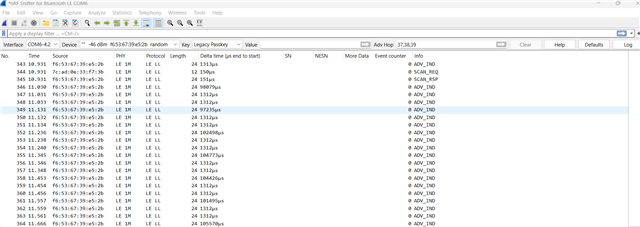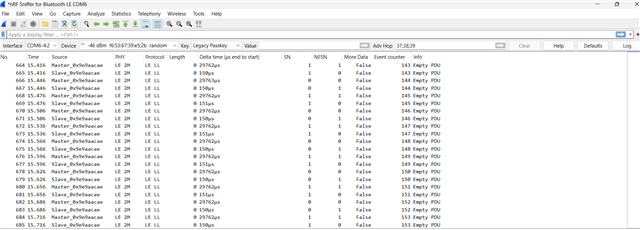Hi,
I need to read the data from an acceleration sensor. I tried with a custom program of mine to simulate some data, but it is delaying too much.
I tried reducing the notification interval, but sometimes it just jumps numbers so to say, it should show 1,2,3. But now it shows 1,3,5.
Am I missing something?
Thank you!






